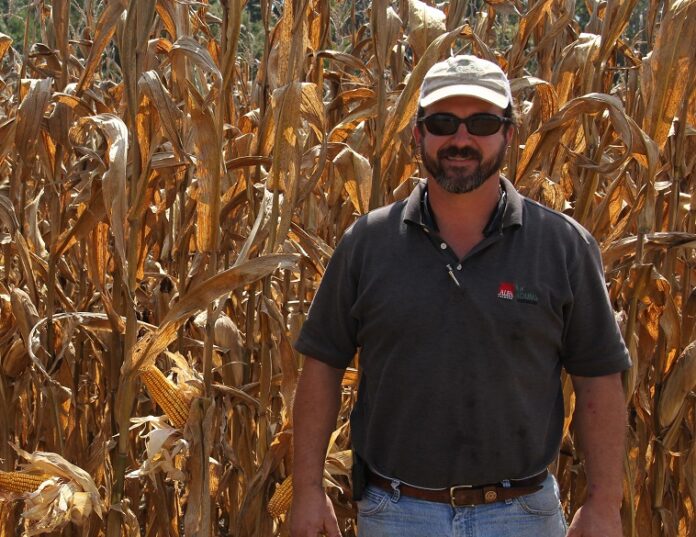
ST. LOUIS, Mo. – The National Corn Yield Contest, sponsored annually by the National Corn Growers Association (NCGA), recognizes farmers from across the country for their efforts and exceptional results. Although the past year posed numerous tests for all sectors of the American public, farmers continued to drive agricultural production in the face of incredible obstacles. Through their efforts, NCGA members contributed valuable data that will help all growers face current challenges and those still to come.
Whether entrants set a national record or strive to beat their personal best, every NCYC participant contributes to the body of agronomic research. This valuable information helps farmers feed and fuel the world while preserving natural resources for Americans in rural and urban areas alike. We are proud of our agricultural community and growers and salute this year’s winners.
Winners were announced in December; however, the NCGA Award Winners Celebration will be held online Friday.
Ben Haynes of Cullman, Alabama placed first in the state in the C:No‐Till Non‐Irrigated Class with a yield of 266.395 bushels per acre. The hybrid used in the winning field was Pioneer P1847VYHR*. The winning field is located in Alabama.
Haynes was one of 506 state winners nationwide. The 2020 contest participation included 7,844 entries from 48 states. Of the state winners, 27 growers – three from each of nine classes – were named national winners, representing 12 states.
The average yield among national winners was more than 346 bushels per acre – greater than the projected 2020 U.S. average of 175 bushels per acre. While there is no overall contest winner, yields from first, second and third place farmers’ overall production categories topped out at 476.9052 bushels per acre.
“In hindsight, 2020 looked much different for all of us. For farmers, the year brought unique challenges, true tests of their determination, grit and ability to persevere. As always, America’s farm families did not waiver in optimism or commitment. That dedication, along with eyes holding the future steadily in their gaze, allowed farmers to find abundance, opportunity and success in an unforeseeable time,” said NCGA President John Linder, a corn grower from Edison, Ohio. “Farmers relied upon an innovative nature and ability to adapt practices while adopting technologies. They did more with less. They planned for the future, focusing on both environmental and economic sustainability. Drawing from knowledge rooted in tradition while exploring ever‐evolving choices, farmers used the best of both old and new to provide food, feed and fiber for the world.”
Farmers are encouraged through the contest to utilize new, efficient production techniques.
Agronomic data gleaned from the contest revealed the following:
- Average planting population for the national winners was 38,425 seeds per acre, compared to 34,163 for all
- National winners applied an average of 277.9525 pounds of nitrogen, 92.5185 pounds of phosphorus and 7837 pounds of potassium per acre.
- Average commercial nitrogen use per bushel of yield was 88 pounds for the national winners and 0.84 pounds for all entrants.
- 23% of the national winners applied trace minerals, compared to 19% of all
- 15% of national winners applied manure, the same percentage of all
The National Corn Yield Contest began in 1965 with 20 entries from 3 states. At that time, the highest overall yield was 218.9 bushels per acre, while the national yield average was in the mid‐60 bushel‐per‐acre range.
All 2020 contest winners were invited to attend the first ever virtual Commodity Classic. For a complete list of winners and for more information about NCYC, visit the NCGA website at www.ncga.com.
The National Corn Growers Association represents our nearly 40,000 members, 50 affiliated state corn grower and checkoff organizations, and over 300,000 corn farmers who contribute to state checkoff programs.




















